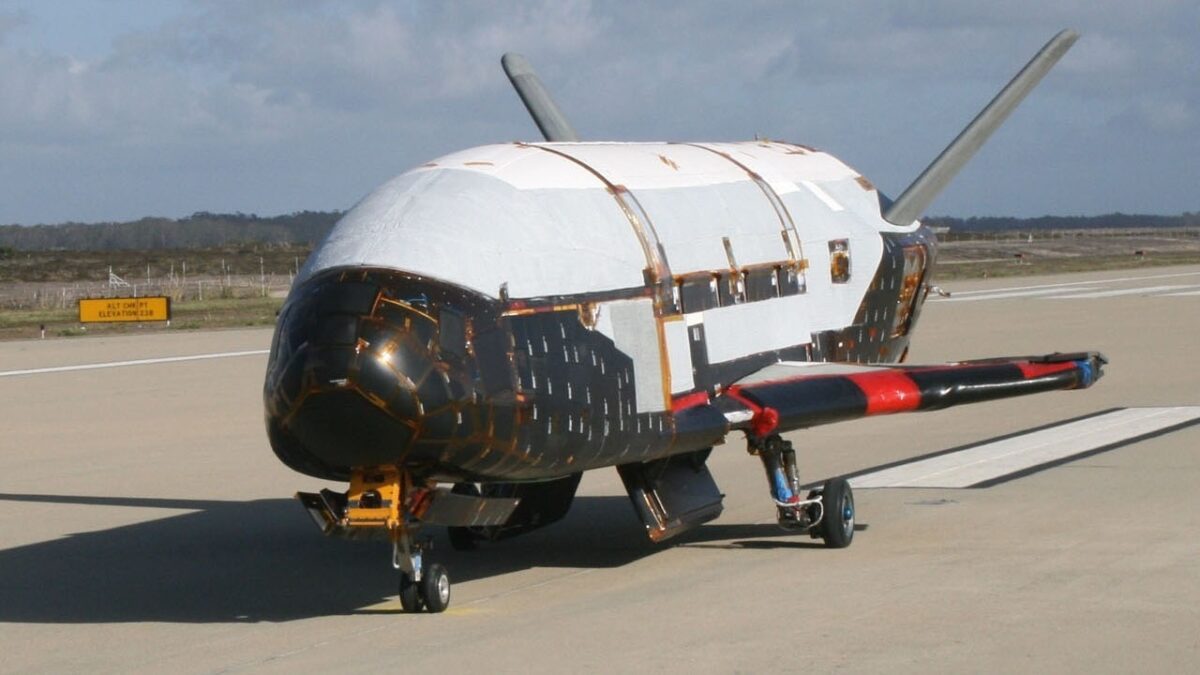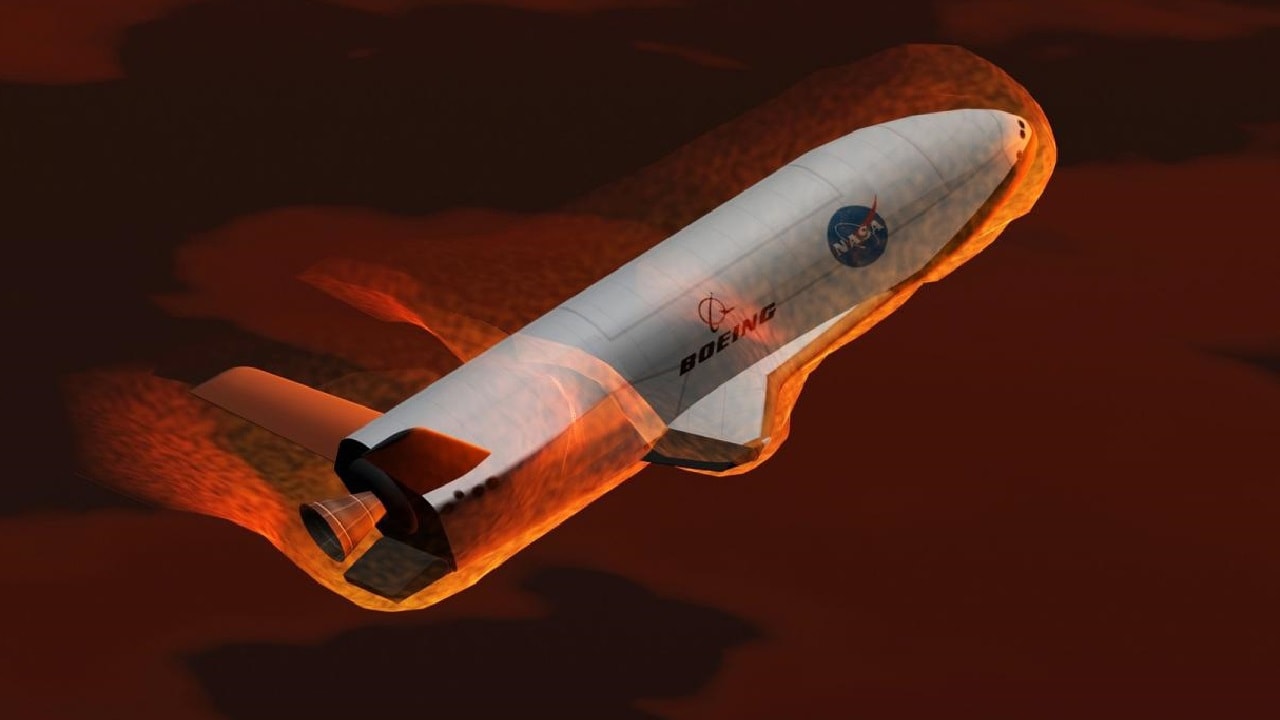Did China Launch Its Own Version of the X-37B? – On Thursday, China launched a classified reusable vehicle to Earth orbit – the second such launch in two years. A Long March 2F rocket carrying the test spacecraft reportedly took off from Jiuquan Satellite Launch Center in the Gobi Desert.
According to the Chinese state-run Xinhua news agency, “The test spacecraft will be in orbit for a period of time before returning to the scheduled landing site in China, during which reusable and in-orbit service technology verification will be carried out as planned to provide technical support for the peaceful use of space.”

In a testing procedure, the X-37B Orbital Test Vehicle taxis on the flightline March 30, 2010, at the Astrotech facility in Titusville, FLa. (Courtesy photo)
The United States Space Force’s 18th Space Defense Squadron (18 SDS) later tracked the spacecraft in a 346 by 593 kilometer orbit inclined by 50 degrees, SpaceNews.com further reported.
Few other details have been noted, but the Long March 2F – named for the “Long March” that began the ascent to power of Mao Zedong – was developed to launch China’s Shenzhou crewed missions and has a payload capacity of just over eight metric tons to low Earth orbit. However, it may have been modified to accommodate the launch of the reusable test spacecraft.
It is unclear if the vehicle launched this week was the same one that was used in the September 2020 test. However, during that mission, the vehicle stayed aloft for two days and reportedly released a small payload in orbit before it returned to Earth and landed in China.
A Chinese X-37B?
It has been widely suggested that the Chinese craft may be similar in size to the United States Space Force’s X-37B – based on the Long March 2F’s considerable payload capacity.
The X-37B Orbital Test Vehicle, or OTV, is an experimental test program to demonstrate technologies for a reliable, reusable, unmanned space test platform. The primary objectives of the X-37B are twofold; reusable spacecraft technologies for America’s future in space and operating experiments that can be returned to, and examined, on Earth. The Space Force is also believed to operate two of the Boeing-built 29-foot-long (8.8 meter) craft.
It was just last month that an X-37B space plane, currently on its sixth mission – and known as OTV-6 – set a new record for a duration in space. It was launched on May 17, 2020.
The purpose of the current Chinese mission is unknown, but it has been speculated that it is also to develop a low-cost vehicle that would provide reliable access to space via reusable launch vehicles and a space plane. However, such projects can still face a number of technological and other challenges.
“Spaceplanes and reusable orbital vehicles have come and gone, and come back again. There can be some marginal and varied uses for them but they are extremely expensive compared to conventional rockets because the stresses of atmospheric re-entry wreaks havoc on the materials and structures,” Bleddyn Bowen of the University of Leicester told SpaceNews.
“The Chinese development of spaceplane technology will be remarkable if they manage to overcome the problems Dyna-Soar and the Space Shuttle faced, and the challenges SpaceX’s Starship is now facing as well,” Bowen added. “We should see spaceplane development as part of China’s wider investments in all manner of space technologies, civilian and military, and not as something uniquely threatening or certain to succeed where others have failed.”
A Senior Editor for 1945, Peter Suciu is a Michigan-based writer who has contributed to more than four dozen magazines, newspapers and websites. He regularly writes about military hardware, firearms history, cybersecurity and international affairs. Peter is also a Contributing Writer for Forbes. You can follow him on Twitter: @PeterSuciu.

